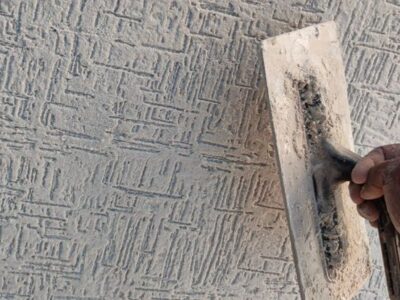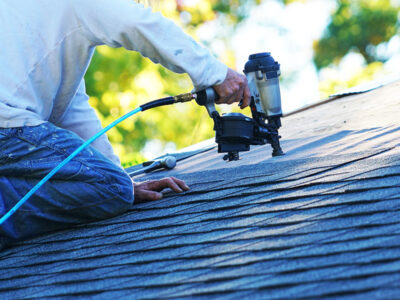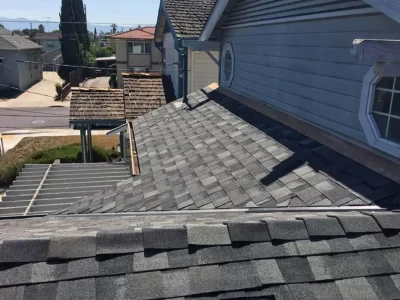A roof inspection is a crucial step in maintaining the health and longevity of your home’s protective covering. When you schedule an inspection with professional roofing services, you’re taking a proactive approach to identify potential issues before they escalate into costly repairs.
- Initial assessment – Visual examination
The inspection typically begins with a thorough visual examination of your roof’s exterior. Experienced professionals will look for signs of wear, damage, or potential weak spots. They’ll assess the overall condition of your roofing materials, whether they’re shingles, tiles, or metal panels. This initial survey helps them identify areas that may require closer inspection.
- Structural integrity check
Next, the inspectors will evaluate the structural integrity of your roof. This involves examining the roof’s planes for signs of sagging or uneven areas. The fascia, soffit, and gutters are also inspected for any signs of water damage or decay.
- Interior examination
Roofing services often include an interior inspection as part of their comprehensive assessment. Inspectors will examine your attic space, looking for signs of water infiltration, proper ventilation, and adequate insulation. The team at rooferprosper.com understands the importance of a thorough interior check to provide a complete picture of your roof’s condition.
- Material condition assessment
During this phase, inspectors will closely examine the condition of your roofing materials. They’ll look for missing, cracked, or curling shingles, loose or damaged flashing, and any signs of granule loss on asphalt shingles. For tile or metal roofs, they’ll check for cracked tiles or rusted panels. This detailed assessment helps identify areas that need repair or replacement to prevent future leaks.
- Drainage system evaluation
Proper water drainage is essential for maintaining a healthy roof. Inspectors will examine your gutters and downspouts to ensure they’re clear of debris and functioning correctly. They’ll also check for proper slope and drainage patterns on the roof surface. The professionals at roofer recognize a well-functioning drainage system is key to preventing water from extending the life of your roof.
- Ventilation and insulation check
Adequate ventilation and insulation play a crucial role in roof performance and energy efficiency. Inspectors will assess your attic’s ventilation system, checking for proper airflow and identifying any blockages. They’ll also evaluate the condition and coverage of your insulation, as poor insulation leads to ice dams and other roofing issues.
- Documentation and reporting
After the inspection, you expect to receive a detailed report of the findings. This document will outline the current condition of your roof, highlight any areas of concern, and provide recommendations for maintenance or repairs. Many roofing services include photographs to illustrate specific issues, giving you a clear understanding of your roof’s condition.
- Discussion of findings and recommendations
Once the inspection is complete, the roofing professionals will discuss their findings with you. They’ll explain any issues they’ve discovered and provide recommendations for addressing them. This is an excellent opportunity to ask questions and gain insights into the best to maintain your roof’s health.
- Maintenance plan development
Based on the inspection results, the roofing service may help you develop a maintenance plan. It may include recommendations for regular cleaning, minor repairs, or scheduling follow-up inspections. If the inspection reveals the need for repairs or replacement, the roofing service will typically provide you with cost estimates.













Comments